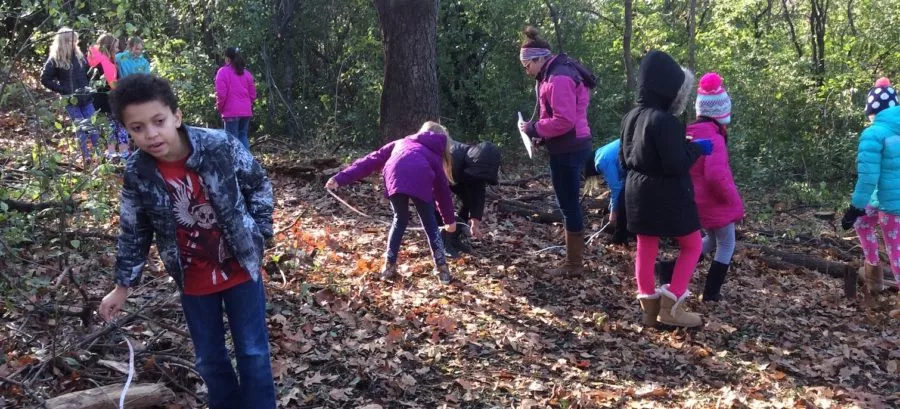I have a confession to make. I’m a little selfish.
I think I’m selfish because I wouldn’t want to do this very difficult and demanding job if I didn’t feel great about what I was doing with students every day and wasn’t continually nourished by good feelings and pride. And the best way to generate a tidal wave of pride and satisfaction is to watch your students actually apply their learning to solving a real-world problem and making an impact in their lives and the lives of others.
That’s why Project Based Learning (PBL) is such a powerful strategy. PBL allows students to tackle real-world challenges and encourages critical thinking, problem-solving, and teamwork. Projects can focus on any issue that’s important to the student or the community, such as protecting endangered species, feeding the hungry, or simply helping people save money when buying a new car.
There are also many offshoots of PBL, such as Design Based Learning, Inquiry Based Learning, Genius Hour, and others. But they all typically center around student agency and kids using what they are learning in school to make an impact on the world.
How Does Project Based Learning Work?
Here’s an example from the school I work in: A school librarian position recently opened up, and I asked our principal if we could reserve some spots on the interview panel for students. Then we asked students to use persuasive writing skills to convince candidates to apply for the position.
 Heather Wolpert-Gawron
Heather Wolpert-Gawron
They pitched the middle school as the place to be for a librarian. Each student also pitched the principal on why he or she should be selected to sit on the interview panel. In addition, students developed questions they most wanted to ask a potential candidate. Within a few days, a number of students were selected—and not all the most academic high-flyers, mind you—to participate in the interview panel.
The students then used persuasive writing skills to pitch and inquiry skills to develop interview questions. When the interviews begin, the students will use listening and speaking skills to participate in the panel alongside teachers and administrators.
There is no doubt that teaching with Project Based Learning is complex. Don’t let anyone tell you differently. But the complexity makes it authentic and helps empower students to solve the problems in the world around them.
Students Have the Power to Inspire
It’s amazing what young people can do. Eco-hero Greta Thunberg, 17, has tackled climate change head-on by calling students to action in peaceful protests.
And when Max Wallack was only 12 years old, he proposed a way to convert trash into yurt like housing to help his local homeless population in Massachusetts.
Through PBL, we’re helping students become activist citizens of the world. It’s all about inventing, campaigning, building, publishing, speaking, and pitching. It’s about taking math, science, history, art, writing, reading, and speaking to the next level. It’s about helping students create the world that they want to grow up in, have children in, and leave behind. Watching kids make an impact is why I teach—it’s the ultimate in teacher engagement.
Heather Wolpert-Gawron is a teacher at Jefferson Middle School in San Gabriel, Calif., and the author of Just Ask Us: Kids Speak Out on Student Engagement.


